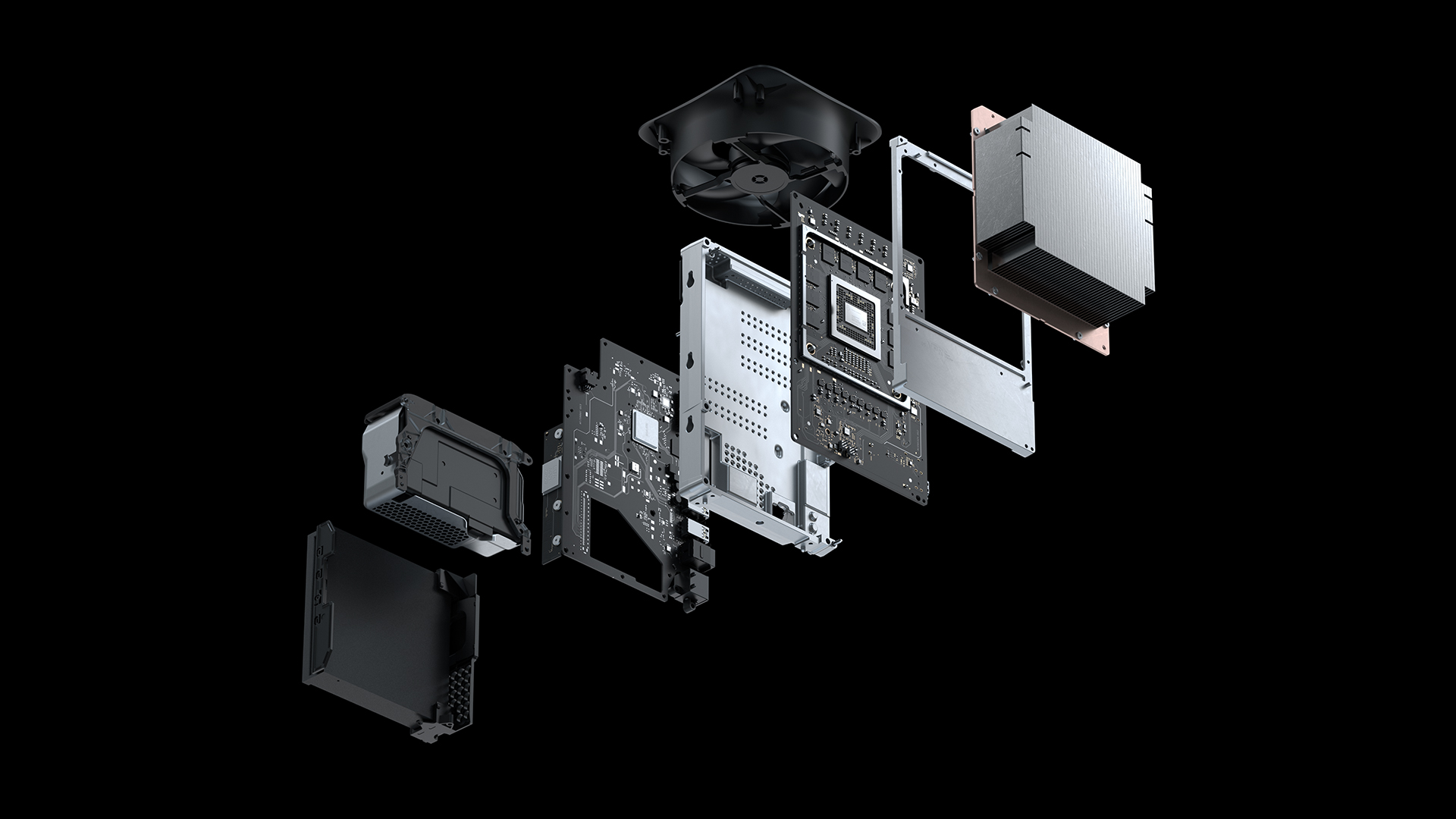
Xbox Series X: A Closer Look at the Technology Powering the Next Generation
A few months ago, we revealed Xbox Series X, our fastest, most powerful console ever, designed for a console generation that has you, the player, at its center. When it is released this holiday season, Xbox Series X will set a new bar for performance, speed and compatibility, all while allowing you to bring your gaming legacy forward with you and play thousands of games from four generations.
Recently, along with the tech experts Austin Evans and Digital Foundry, we had the chance to take a closer look at some of the technologies that are powering Xbox Series X and talk to the team about the choices they made when defining the next generation of gaming. We spent an entire day discussing everything from the console’s custom processor and latency solutions to backward compatibility and visual enhancements.
(Editor’s Note: We’ll be using some acronyms and discussing technologies in this post without always defining them. To that end, we’ve created an Xbox Series X glossary that contains many of these terms and more. We’ll link out where applicable, and you can check out the full glossary here, as well as our features on the new Xbox Wireless Controller and how the team is reducing latency.)
The next generation of Xbox is defined by three primary characteristics: Power, Speed and Compatibility. Let’s take a look at the features and technologies of Xbox Series X delivering those three hallmarks.
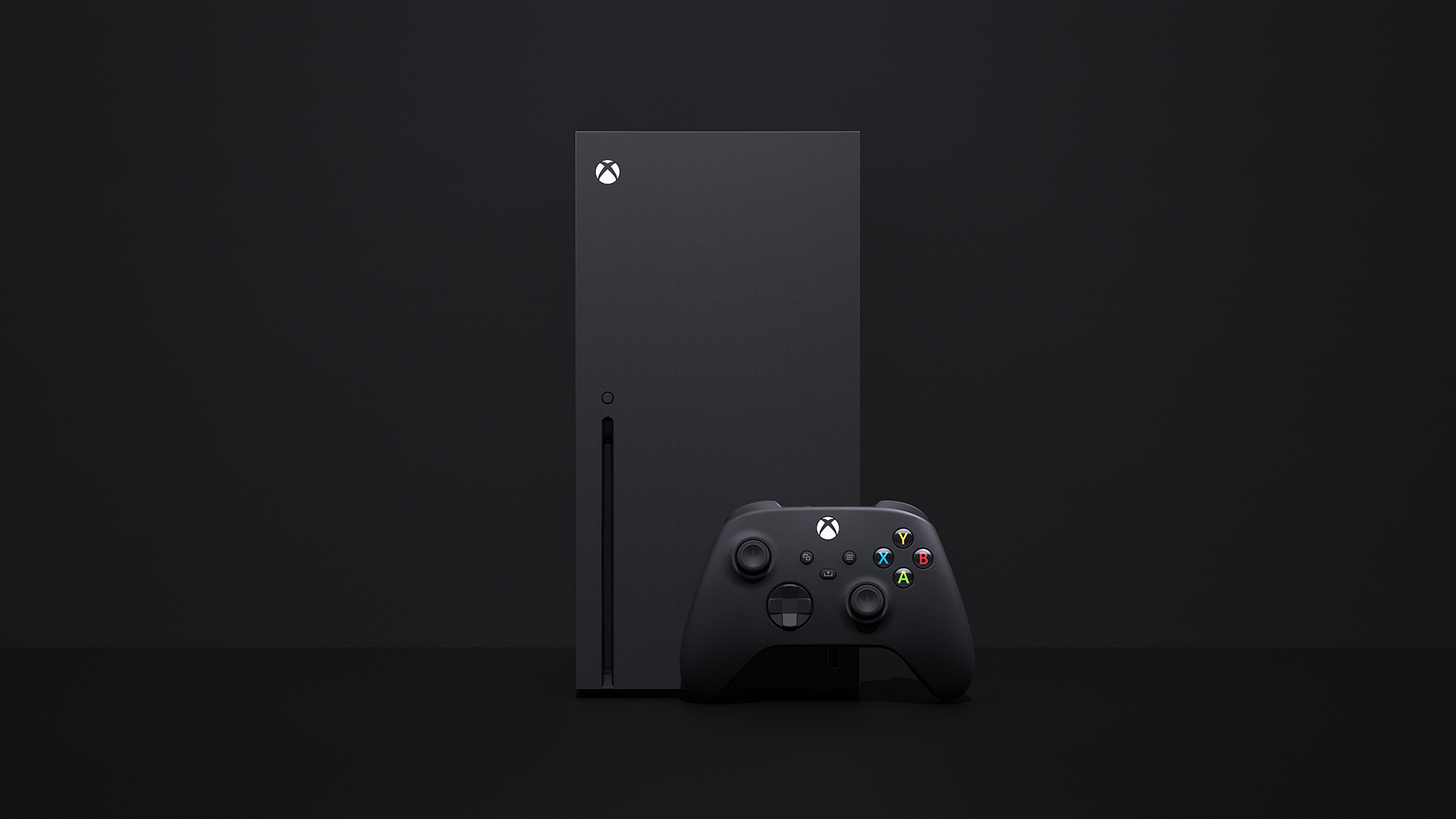
The Most Powerful Xbox Ever
Early on in the design of Xbox Series X, the team was determined to deliver the most powerful Xbox ever, which opened a series of discussions about how to define “power” in the next generation of consoles. In past generations, power has been defined primarily by graphics innovation: from the transition from 8 bit to 16 bit graphics, 2D to 3D, SD to HD and finally to 4K.
Today, gamers are demanding more and more games run at 60 frames per second (fps) with high visual fidelity and precise, responsive input. Developers have come up with creative solutions, such as dynamic resolution scaling, to maintain high image quality while not compromising on frame rate, but this is often done to work around the limitations and constraints of current generation hardware. That’s all about to change with Xbox Series X. It’s not just about making games look better, though. It’s about making games play better too.
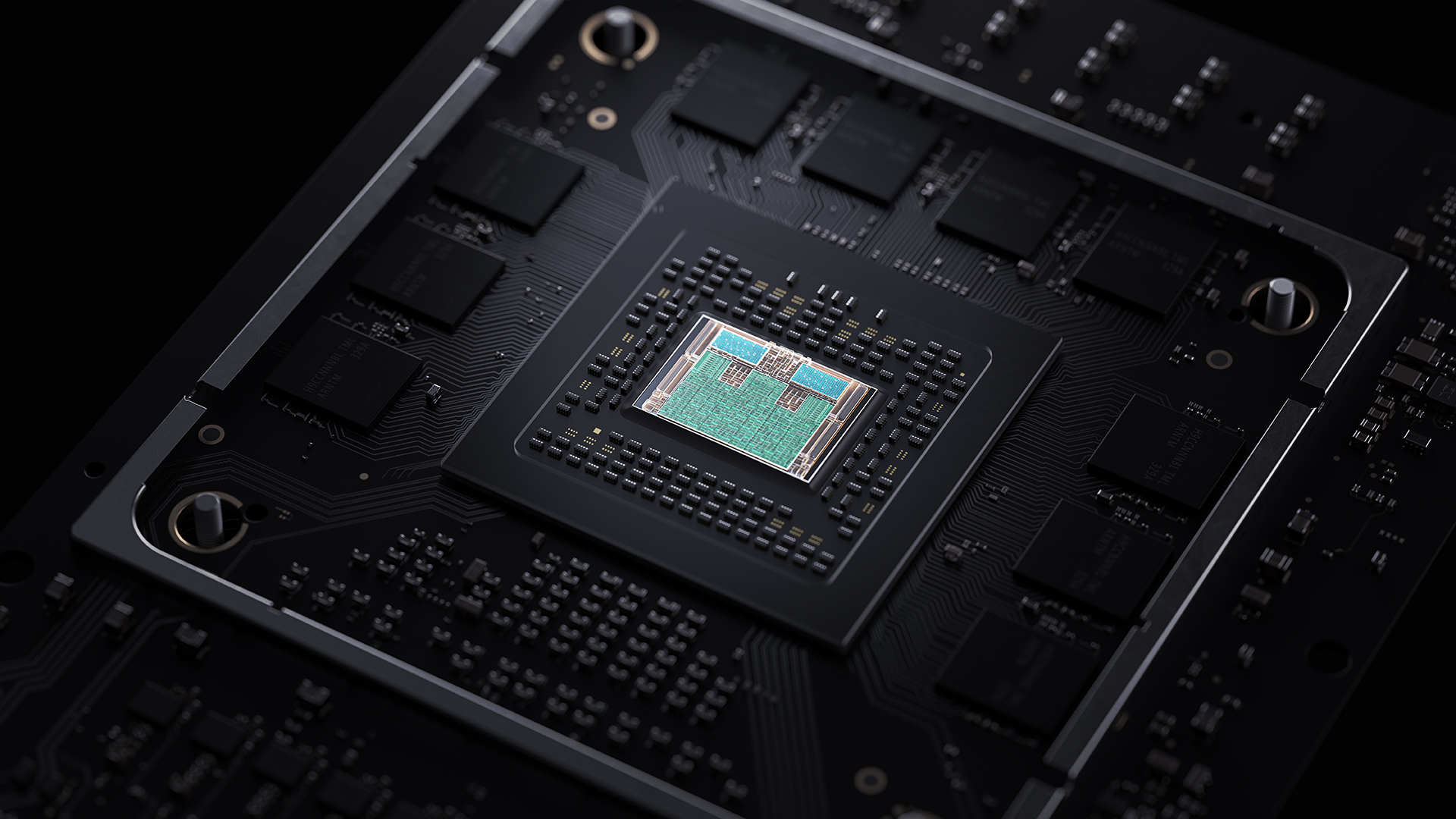
“While the Xbox Series X will deliver a massive increase in GPU performance and continue to redefine and advance the state of art in graphics with new capabilities such as hardware accelerated raytracing,” said Jason Ronald, Director of Product Management on Xbox Series X, “we don’t believe this generation will be defined by graphics or resolution alone.”
The team knew they needed to build a next generation console that could run games in 4K at 60 fps with no compromises for developers. They also challenged themselves to deliver a level of performance once thought impossible on console, including support for up to 120 fps for the most demanding and competitive games. While they believe resolution and frame rate are creative decisions best left in the hands of title developers, the team wanted to ensure the system was able to support the needs of the largest blockbusters, competitive esports, and innovative independent creators.
In order to support those needs, the team strengthened their long-term partnership with chipmaker AMD, which began working with the Xbox team over 15 years ago on the Xbox 360. Sebastien Nussbaum, Corporate Vice President & Senior Fellow, Semi-Custom Products and Technologies at AMD, spoke a bit about what the team created to help power Xbox Series X.
Thanks to a focus on transformational design and generational performance uplift, Nussbaum said that, for developers, “the console ends up being a playground for technical innovation.” This is due in large part to the raw power of the custom designed processor, powered by an 8 core AMD Zen 2 CPU and an RDNA 2-class GPU.
These next generation architectures deliver a new level of performance that lets developers create realistic and immersive experiences like we’ve never seen before, while also allowing the team at AMD to seed a next generation DirectX ecosystem that will continue to push the industry forward.
“Xbox Series X is the biggest generational leap of SOC [System on a Chip] and API design that we’ve done with Microsoft, and it’s really an honor for AMD to be a trusted Microsoft partner for this endeavor,” said Nussbaum. “The Xbox Series X is going to be a beacon of technical innovation leadership for this console generation and will propagate the innovation throughout the DirectX ecosystem this year and into next year.”
Following the AMD presentation, Technical Fellow Andrew Goossen took the reins to dive deep into the technological bells and whistles that will be powering Xbox Series X. We’ve listed the full system specs below, with handy links out to our glossary for definitions on what many of these terms mean:
| CPU | 8x Cores @ 3.8 GHz (3.6 GHz w/ SMT) Custom Zen 2 CPU |
| GPU | 12 TFLOPS, 52 CUs @ 1.825 GHz Custom RDNA 2 GPU |
| Die Size | 360.45 mm2 |
| Process | 7nm Enhanced |
| Memory | 16 GB GDDR6 w/ 320b bus |
| Memory Bandwidth | 10GB @ 560 GB/s, 6GB @ 336 GB/s |
| Internal Storage | 1 TB Custom NVME SSD |
| I/O Throughput | 2.4 GB/s (Raw), 4.8 GB/s (Compressed, with custom hardware decompression block) |
| Expandable Storage | 1 TB Expansion Card (matches internal storage exactly) |
| External Storage | USB 3.2 External HDD Support |
| Optical Drive | 4K UHD Blu-Ray Drive |
| Performance Target | 4K @ 60 FPS, Up to 120 FPS |
For more information, I encourage you to check out Digital Foundry’s deep dive to get a better sense of what all of these features mean for developers and gamers.
One of the biggest (and most noticeable to players) features in Xbox Series X will be support for hardware accelerated DirectX Raytracing, which simulates the properties of light and sound in real time more accurately than any technology before it. To give us a better idea of how this technology directly impacts games, Clayton Vaught, Technical Director for Minecraft, ran us through a technical demo of how raytracing could impact one of the world’s most popular games.
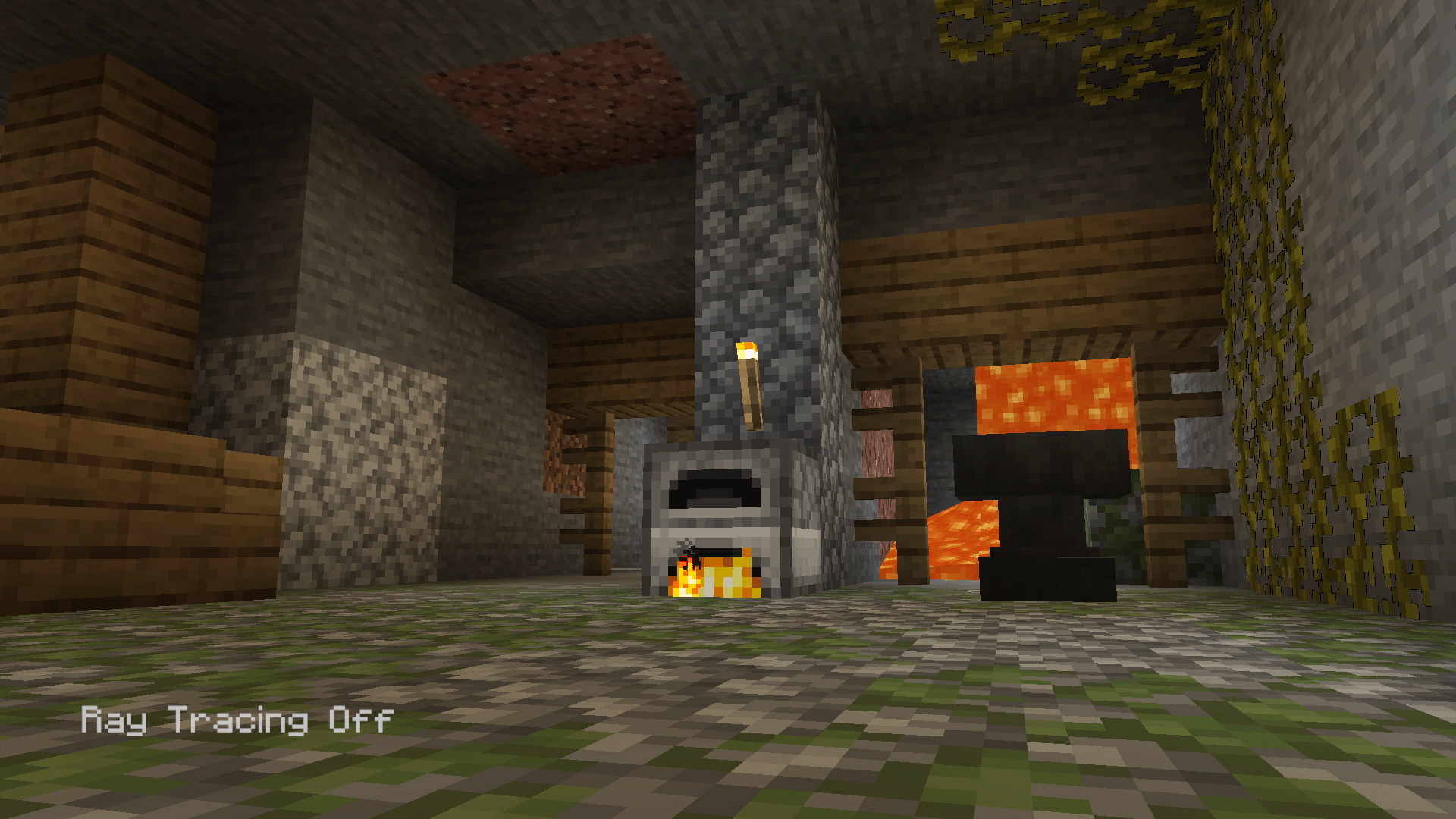

Switching back and forth between current visuals to hardware accelerated DirectX Raytraced visuals, Vaught walked around a pre-built Minecraft world to show off the ways realistic lighting completely changes the game. Shadows cast from objects soften or harden depending on how far away from the object you are, while lava gives off a warm orange glow that dissipates over distance and reflects off of minecart rails. Even the moon casts its own rays, streaming down through cracks in the walls and reflecting off particles in the air. The Raytraced visuals fundamentally change the way Minecraft feels, drawing the player in and immersing them in a much more realistic world.
The most impressive feature (at least for yours truly) was the way light now passes through transparent objects like glass, picking up the color on its way to your eyes. This was beautifully demonstrated while walking through a hallway lined with a veritable rainbow of colored glass cubes, each of which cast a different colored shadow on the floor. The big wow moment came from the most unassuming of substances: water. With raytracing on, water was now fully transparent and allowed light from the moon to pass through it to the player underneath and realistically reflect off the seaweed swaying in the current. It was really an impressive demo that brought what hardware accelerated DirectX Raytracing in Minecraft could deliver to life in a way I never imagined.
To close out the segment on the power of Xbox Series X, The Coalition’s Technical Director, Kate Rayner, came up to show us how her team is planning to optimize Gears 5 for Xbox Series X. The team showcased a technical demo of Gears 5, powered by Unreal Engine, for Xbox Series X using the full PC Ultra Spec settings, which included higher resolution textures and higher resolution volumetric fog, as well as a 50% higher particle count than the PC Ultra Specs allowed. They also showed off the opening cutscene, which now runs at 60 FPS in 4K (it was 30 FPS on Xbox One X), meaning the transition from real-time cutscenes to gameplay is incredibly smooth.

There were also some noticeable improvements in a few other areas as well. Load times were extremely fast, and the team was able to turn on some features that, while previously implemented, had to be turned off for the Xbox One X version. This included contact shadows (providing extra depth to objects) and self-shadow lighting on plants and grass, making every scene feel more realistic. Rayner also shared that the game is already running over 100 FPS and that the team is investigating implementing 120 FPS gameplay for multiplayer modes, giving players an experience never before seen on consoles. Most impressive of all? The fact that the team was able to get all of this up and running in a matter of weeks.
The team also announced that they will have an Xbox Series X Optimized version of Gears 5 available at Xbox Series X launch, which players will get free if they own the Xbox One version of Gears 5 and will leverage Smart Delivery depending on which console you’re using.
Improving Immersion and Embracing Speed
The next major tenet of the Xbox Series X is speed, which can be defined in a large number of different ways. Modern devices have changed our expectations on how quickly you can move between experiences or applications. Most of us want to be able to instantly jump into an experience or return right to where we left off. This influenced the team designing the system architecture, as they wanted to ensure they enabled gamers to spend more time playing and less time waiting.
A big part of that revolves around the addition of a solid-state drive (SSD). We have reached the upper limits of traditional rotational drive performance, so the team knew they needed to invest in SSD level I/O speeds to deliver the quality of experience they aspired to with Xbox Series X. This was an area where the team really wanted to innovate, and they knew this could be a game changer for the new generation. But they didn’t want the I/O system to be just about your games loading faster.
Enter Xbox Velocity Architecture, which features tight integration between hardware and software and is a revolutionary new architecture optimized for streaming of in game assets. This will unlock new capabilities that have never been seen before in console development, allowing 100 GB of game assets to be instantly accessible by the developer. The components of the Xbox Velocity Architecture all combine to create an effective multiplier on physical memory that is, quite literally, a game changer.
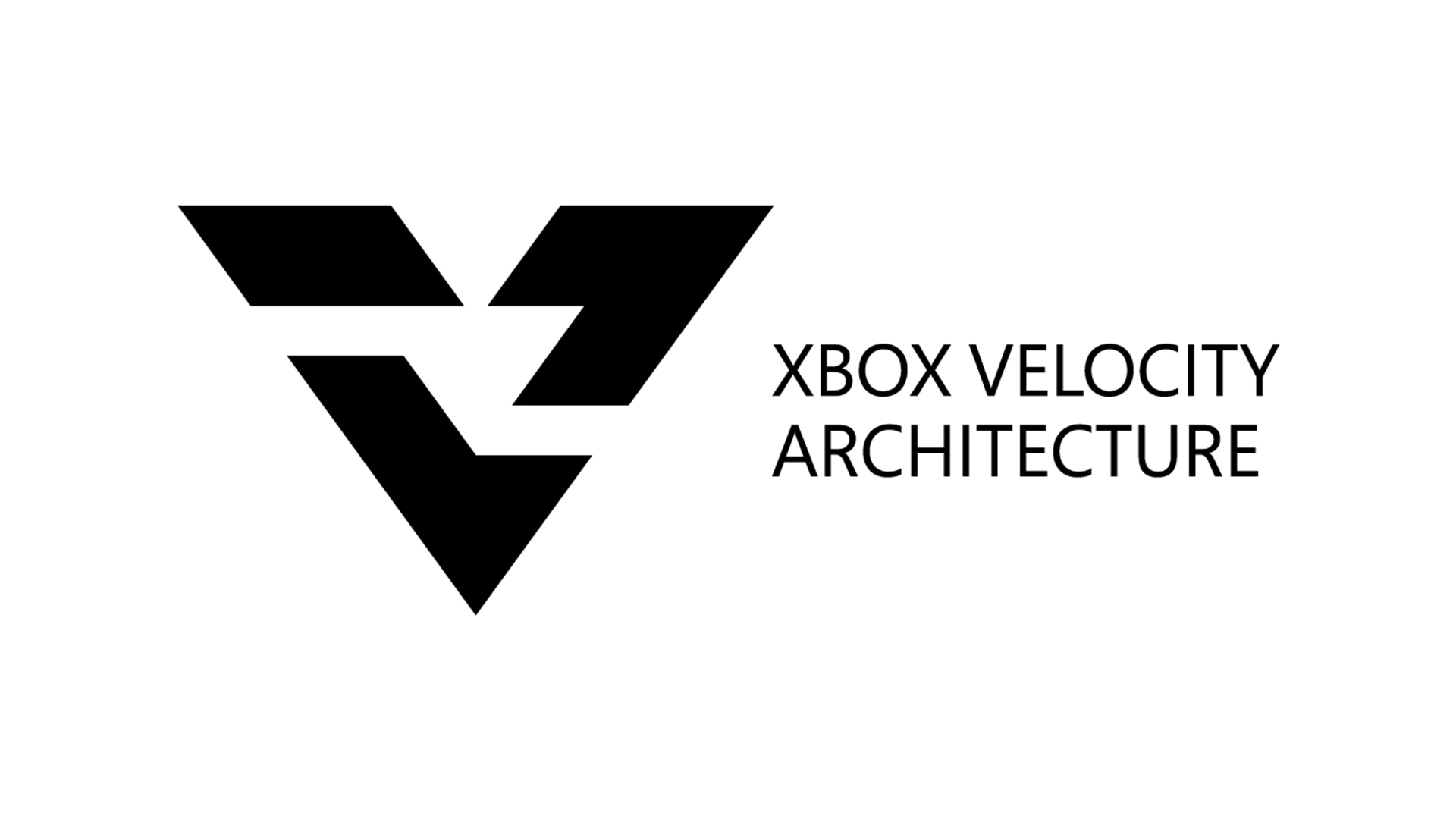
“The CPU is the brain of our new console and the GPU is the heart, but the Xbox Velocity Architecture is the soul,” said Andrew Goossen, Technical Fellow on Xbox Series X at Microsoft. “The Xbox Velocity Architecture is about so much more than fast last times. It’s one of the most innovative parts of our new console. It’s about revolutionizing how games can create vastly bigger, more compelling worlds.”
A big beneficiary of this technological upgrade are large open world games where players have freedom to play and explore in their own way and at their own pace. Titles such as Final Fantasy XV, Assassin’s Creed Odyssey, and Red Dead Redemption 2 have redefined expectations of a living, dynamic world this generation.
To make these universes even more dynamic and feel like large, high fidelity worlds requires a massive increase in processing power and the ability to stream assets in extremely quickly to not break immersion (epic elevator rides or lengthy hallways are good examples of how developers creatively hide assets loading in). Developers will also be able to effectively eliminate loading times between levels or create fast travel systems that are just that: fast.
You also can’t talk about speed without also talking about latency.
“Competitive gamers and the best gaming experiences demand precise, responsive controls,” said Goossen. “The Xbox team analyzed the entire end to end input pipeline, from the controller to the console and from the console to the display and we challenged ourselves to identify every opportunity to further reduce latency to provide the best experience for gamers on Xbox.”
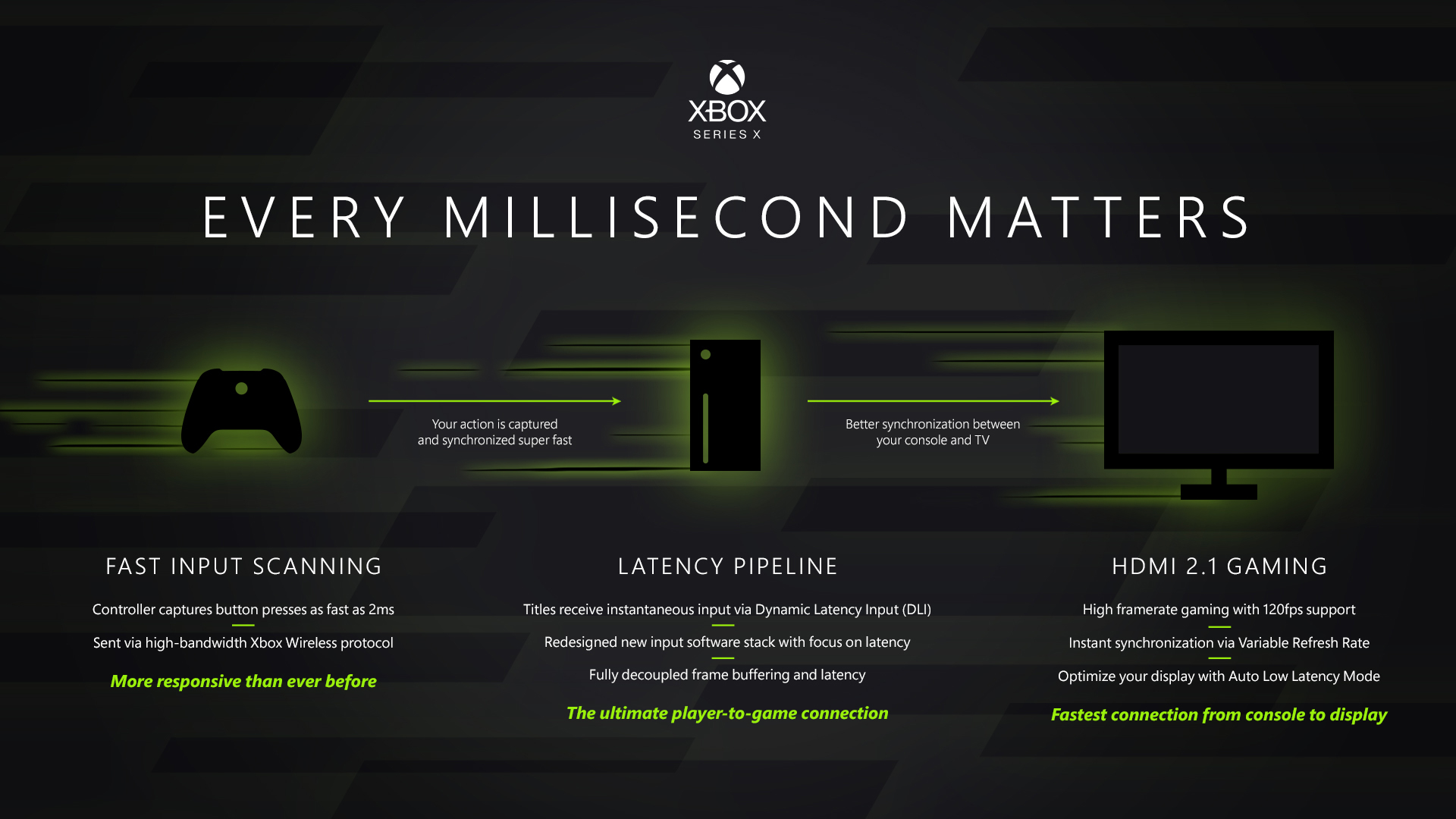
This has included developing brand new technology such as Dynamic Latency Input (DLI) as well as helping to shape the HDMI 2.1 specification by adding new gaming-centric features such as support for 120hz, Variable Refresh Rate (VRR) and Auto Low Latency Mode (ALLM). The team has also been working with the industry’s leading TV manufacturers for the past two years to ensure the display ecosystem is ready for the features coming with Xbox Series X.
While it can be difficult to notice the improved latency from any one of these improvements alone, when they all add up, it makes for a profoundly more responsive experience.
Finally, there are the player experiences that will be greatly improved thanks to the speed afforded by Xbox Series X. The most noticeable of these is loading times, which will be greatly decreased thanks to the processing power of Xbox Series X.
There’s also the new Quick Resume technology that we outlined in our last blog post. With current gen consoles, you can resume the last game you played. However, since most players play (on average) three to four games a month, the team wanted to give them the option to switch between them easily and quickly. With Quick Resume, you can resume multiple games with the press of a button, instantly jumping back into the action, right where you left off, for multiple titles at the same time.
Since game states will be stored directly in the system’s SSD, they’ll even persist after you turn off the console, unplug it entirely, or even take a system update. One of the testers on the team unplugged his console for a week, then took an update, and was still able to continue right where he left off without so much as a loading screen.
Game Compatibility Continues in the Next Generation
The third and final pillar for Xbox Series X is compatibility. Through the Xbox One generation, the team has shown their passion and commitment for compatibility, putting the player and their favorite games at the center of everything they do. As gamers themselves, they understood that we all have our favorite memories, franchises or titles that we want to continue to play even as technology and game design continues to advance.
“The community’s response to Phil’s announcement of 360 backward compatibility at E3 2015 was one of the biggest career highlights for me in my time as part of Team Xbox,” said Ronald.
For the next generation, the team knew from the outset that they wanted to double down on compatibility. That vision helped influence the design of the system and, through a combination of hardware and software, they committed themselves to ensuring the thousands of games on Xbox One, including Xbox 360 and original Xbox games, will play even better on Xbox Series X.
“The team came and told us about Xbox Series X. They said ‘What can you do with even more power?’ So, the challenge was set. They gave us the Xbox One X and it was like we got this big playground to play with,” said Peggy Lo, Principal Program Management Lead, Backward Compatibility. “Then we got the Xbox Series X and it was like we had a whole amusement park to play in.”
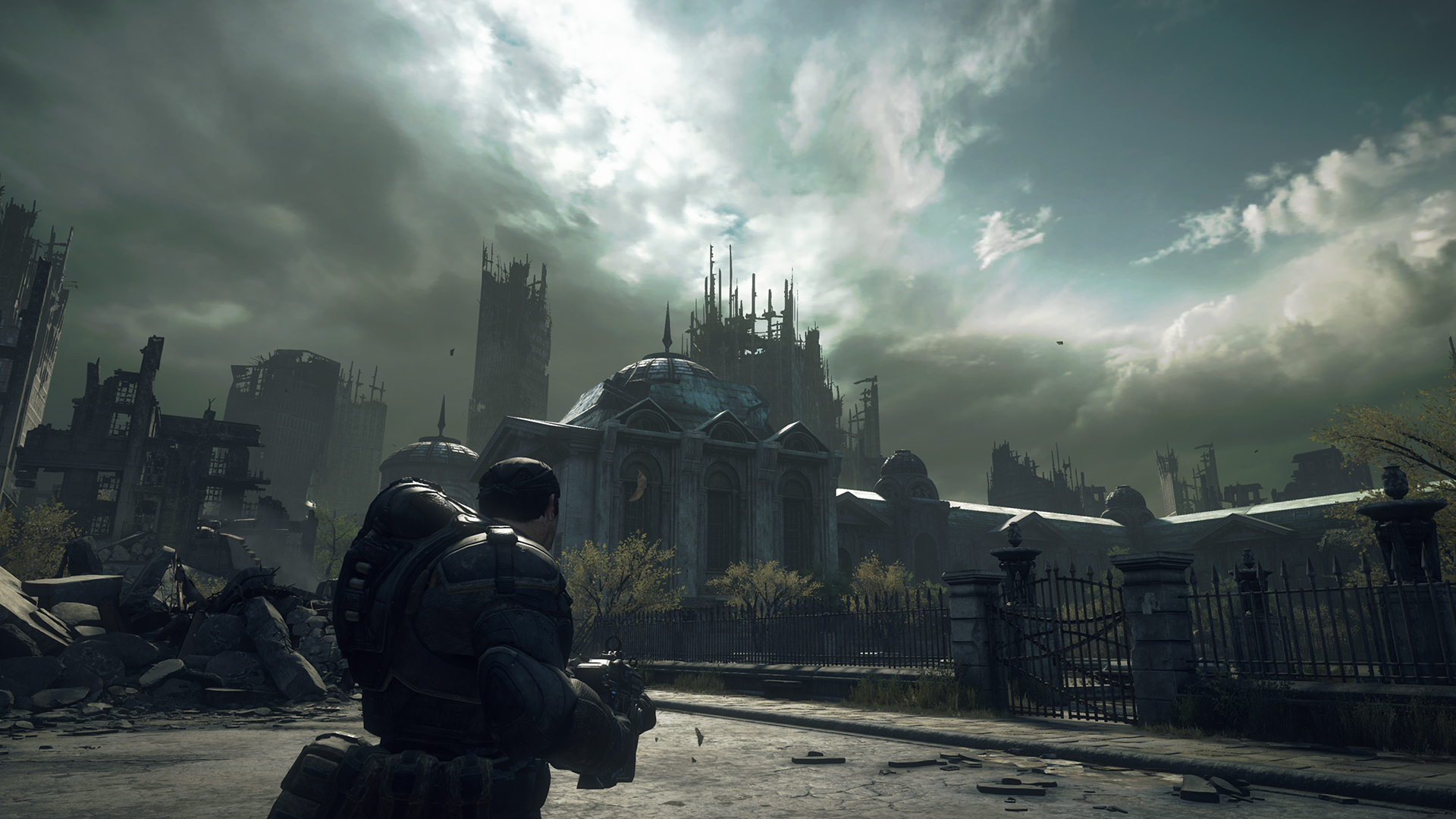
Players will see the benefits of the improved hardware of Xbox Series X for backwards compatible games, including improved boot and load times, more stable frame rates, higher resolutions and improved image quality. The Compatibility team is also continuing to create entirely new techniques and innovation that we can use to further enhance the existing catalog of games when running on Xbox Series X.
The Xbox team is so committed to the concept of compatibility and cross generation play, that not only do your games move forward with you, but so do your Xbox One accessories, your game saves, and progression. In fact, your entire gaming legacy moves forward with you to the next generation.
What’s more, the team has also designed the system to enable cross generation multiplayer, as well as introduce new features such as Smart Delivery, which ensures you only have to purchase a title once, knowing you will get the best version of the title on whatever Xbox console you choose to play on. This will allow players to seamlessly move between multiple consoles and console generations as they see fit. Xbox Series X is the fastest, most powerful Xbox console ever, designed for a console generation that has you at its center. We hope this closer look at some of the design decisions and technologies powering Xbox Series X answered your questions and gave you a good idea of what to expect when the console becomes available this holiday season.
